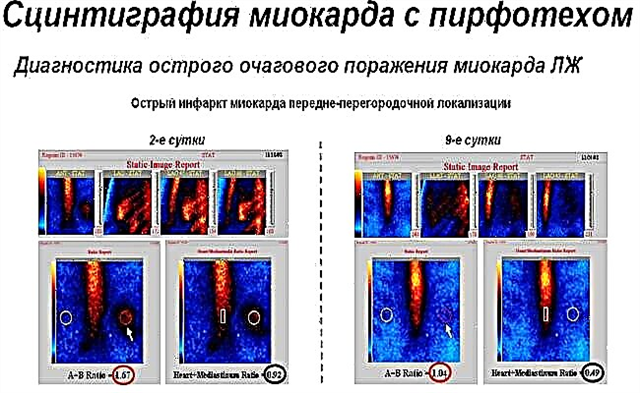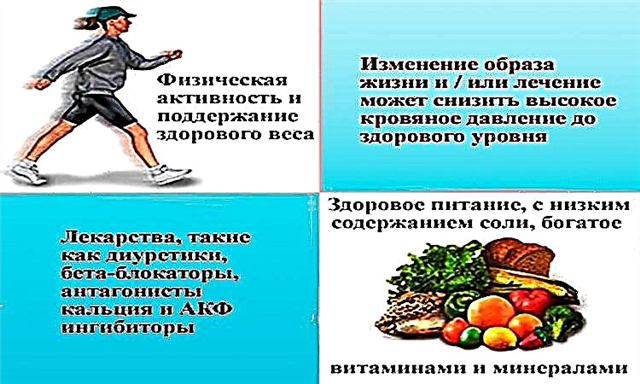The main importance in the process of sound conduction is assigned to the eardrum and the bones located in the middle ear cavity. Normally, a sound wave entering the external auditory canal is transmitted to the structures of the middle ear and further to the auditory nerve. The development of catarrhal inflammation of the middle ear is accompanied by processes as a result of which the transmission of a sound wave is impeded. The formation of a viscous exudate in the tympanic cavity further impairs the conduction of sound. Hearing restoration is carried out only after reducing inflammation in the middle ear cavity and cleansing it of exudate that interferes with full-fledged sound conduction.
However, the recovery period also carries the risk of hearing loss. This is due to the development of fibrous growths in the middle ear cavity and the formation of adhesions. As a result, the tympanic septum loses its elasticity, thickens, cicatricial changes are noted on its surface, and functionality decreases.
Procedure value
Eardrum massage helps to restore the elasticity and mobility of this structure of the ear, which has a positive effect on hearing acuity.

This procedure became widespread precisely during the recovery period after acute purulent otitis media, when, despite the cleansing of pus and restoration of the integrity of the tympanic membrane, there is still a decrease or absence of hearing.
In otolaryngology, pneumomassage of the tympanic membrane is used, which is carried out by alternating the area of high and low pressure created in the ear. This procedure can be applied both using hardware techniques and independently.
Pneumomassage of the tympanic membranes leads to an improvement in metabolic processes in various parts of the ear, an improvement in their trophism, blood circulation, resorption of adhesions and scars.
Thus, the indications for the procedure are the following pathological conditions:
- acute purulent otitis media in the repair stage;
- adhesive otitis media, characterized by the presence of dense viscous exudate;
- the stage of rehabilitation of patients after surgery.
Contraindications
An absolute contraindication for this procedure is the presence of purulent processes.
 The existing purulent exudate in the middle ear cavity during such a procedure can spread further to the temporal bone or the lining of the brain. It is forbidden to carry out pneumomassage of the tympanic membrane independently during sudden changes in atmospheric pressure, which is observed when climbing mountains or during an underwater dive. In this situation, such actions can intensify the pathological processes caused by a sharp change in pressure. The procedure is not shown either in the presence of an atrophied tympanic septum.
The existing purulent exudate in the middle ear cavity during such a procedure can spread further to the temporal bone or the lining of the brain. It is forbidden to carry out pneumomassage of the tympanic membrane independently during sudden changes in atmospheric pressure, which is observed when climbing mountains or during an underwater dive. In this situation, such actions can intensify the pathological processes caused by a sharp change in pressure. The procedure is not shown either in the presence of an atrophied tympanic septum.
Hardware techniques
The most modern hardware technique is the vibration massage of the eardrum using the APMU-Compressor device. The device operates from an electric current and is equipped with a timer, as well as switches that allow you to set a given frequency and amplitude of atmospheric pressure rarefaction. Such a procedure is carried out in a polyclinic, under the direct supervision of a specialist who sets the specified parameters.
Tubing tips are inserted into the patient's ear, tightly blocking the ear canal and connected to the device. The duration of the procedure can be from 1 to 10 minutes. Usually 10 procedures are assigned to the course, the power of which increases gradually with each procedure.
Another type of procedure is the use of a Politzer balloon, which is a rubber bulb connected by an elastic tube to an otoscope. Compression of the balloon promotes either injection or rarefaction of air in the external auditory canal. The doctor most often produces 20-30 pressure on the pear. The course is usually designed for 10 procedures.
Self-massage
It is also possible pneumomassage of the tympanic membrane at home. The simplest hand massage technique is as follows:
- The palms are firmly attached to both ears;
- By pressing on the auricles, there is an increase in pressure in the ear. Presses are usually carried out with an interval of 2 seconds, their total number is about 10.
- The procedure is carried out daily for 10 days.
Another modification of this procedure is to carry it out by periodically pressing the tragus. In this case, the frequency of pumping movements is 100-150 per minute. The duration of the massage is several minutes.
A popular technique is to massage using the index fingers. To do this, both index fingers are placed in the ears and twisting movements are performed with them. With a sharp pulling out of the fingers, there is a rarefaction of air in external auditory canal. Screwing them in, on the contrary, is accompanied by an increase in pressure in the ear. The number of required approaches in this case is about 10.
external auditory canal. Screwing them in, on the contrary, is accompanied by an increase in pressure in the ear. The number of required approaches in this case is about 10.
Pneumomassage can be carried out at home only after consulting an otolaryngologist and with his consent.
In this case, the patient must be trained in this technique. Massage on an outpatient basis and at home can be carried out both at the stage of recovery and as a preventive measure. This procedure is especially relevant for those patients who often suffer from otitis media, or, due to their professional activities, are faced with constant atmospheric pressure overloads and the development of aerootites (military pilots, divers).



